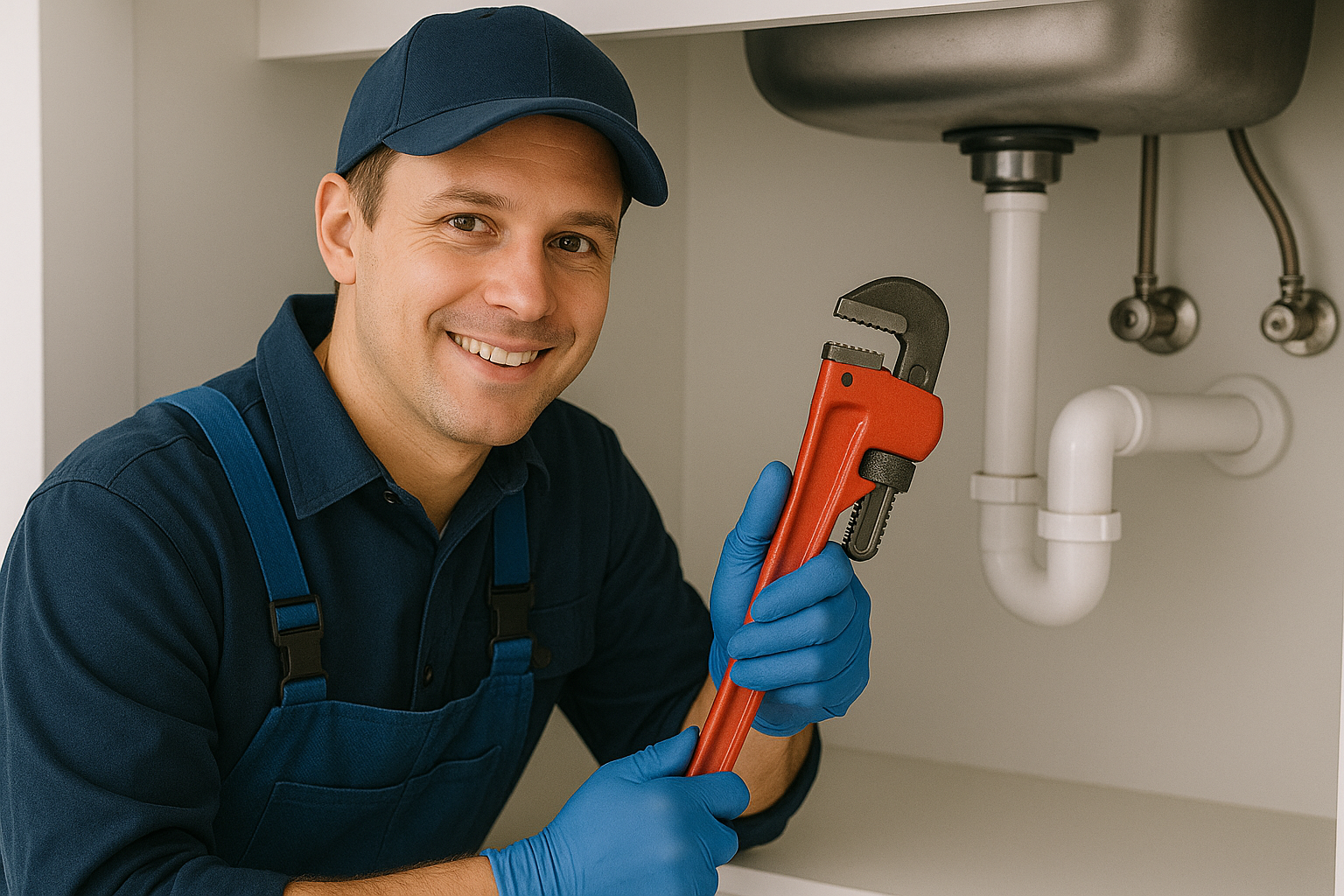You don’t need bleach tablets or harsh cleaners to keep a toilet tank fresh and working well. Gentle, household staples like white vinegar, baking soda, lemon juice, and mild liquid castile soap can dissolve mineral scale, cut grime, and neutralize odors – without damaging rubber seals or corroding metal parts. Follow this easy routine to deep-clean your tank the natural way and keep it running smoothly.
Supplies & Simple Tools
Natural cleaners: white distilled vinegar, baking soda, liquid castile soap (unscented), optional fresh lemon juice.
Tools: soft-bristle brush or bottle brush, old toothbrush, microfiber cloth, small cup or pitcher, and rubber gloves (optional).
Prep First: Power Down & Drain
Turn the shutoff valve (usually behind or beside the toilet) clockwise to stop the water supply. Lift the tank lid carefully and set it on a towel. Flush once to lower the water level so interior surfaces are exposed. This makes cleaning faster and prevents heavy dilution of your natural solutions.
Step 1: Dissolve Mineral Scale With Vinegar
Hard-water deposits slow refills, stain porcelain, and trap odors. Pour 2–3 cups of white vinegar into the tank, aiming around the fill valve, float, and corners. Let it soak for 30–60 minutes (up to 2 hours for stubborn scale). During the soak, dip your brush in vinegar and gently scrub visible buildup on metal and plastic parts. Vinegar’s mild acidity loosens minerals without the harshness of bleach.
Step 2: Gentle Detail Work On Parts
Use the toothbrush to clean tight spots: the flush valve opening, bolt heads, and the fill valve cap. Treat the flapper with care – wipe it gently to remove film. If the flapper feels warped, gummy, or cracked, plan a quick replacement; a fresh flapper prevents silent leaks that waste water and cause recurring odors.
Step 3: Lift Grime With Castile Soap
Add 1 teaspoon of liquid castile soap to the tank and swirl with a cup to disperse. Scrub the tank walls from top to bottom with the soft brush. Castile soap is a plant-based surfactant that breaks up biofilm and residue while remaining kind to gaskets and finishes.
Step 4: Deodorize & Brighten With Baking Soda
Sprinkle 2–4 tablespoons of baking soda along the interior walls. It will fizz gently with the vinegar, helping to lift stains and neutralize odors. Brush again, focusing on corners, around the overflow tube, and at the waterline where scale collects. For dark spots, make a paste of baking soda and a squeeze of lemon juice; dab it on, wait 5–10 minutes, then brush clean.
Step 5: Rinse, Refill & Test The Flush
Open the shutoff valve slightly and let the tank fill halfway. Swish your brush to dilute leftover cleaner, then flush to rinse. Repeat once more if needed. Fully reopen the valve and let the tank fill. Replace the lid carefully. Do a test flush to confirm smooth operation and a quiet refill.
For Heavy Hard-Water Stains
If scale persists, try an overnight soak: turn off water, flush to lower the level, then fill the tank until parts are covered with a 50/50 vinegar and water solution. In the morning, brush and rinse. Avoid abrasive scouring pads or pumice stones inside the tank, as they can scratch porcelain and weaken protective glazes.
Mildew, Biofilm, Or “Black Slime”
Humidity can invite microbial film inside tanks. Improve ventilation by running the exhaust fan or cracking a window. Regular vinegar soaks discourage growth. If you see dark film around the fill valve or overflow tube, remove accessible caps and gently brush with vinegar and a dab of castile soap. Rinse thoroughly before refilling.
Things To Avoid In The Tank
Drop-in blue tablets and chlorine blocks can degrade rubber parts and accelerate corrosion. Essential oils may swell gaskets and plastics over time. Abrasives scratch surfaces and invite future buildup. Keeping the recipe simple – vinegar, baking soda, mild soap – protects the mechanisms and extends service life.
Quick Maintenance Between Deep Cleans
Every 4–6 weeks, do a mini refresh: shut off water, flush most of the tank out, add 1 cup of vinegar, wait 15 minutes, brush lightly, then refill and flush. If your home has very hard water, consider a whole-home softener or a point-of-use filter to reduce mineral deposits and extend the time between deep cleans.
Performance Tune-Ups While You Clean
- Water level: Set it about an inch below the overflow tube. Too high wastes water; too low weakens the flush.
- Flapper chain: Leave slight slack so the flapper seats fully. A taut chain can cause constant seepage.
- Gaskets & bolts: Look for rust or dampness under bolt heads. Tighten gently if needed, and replace worn parts to prevent leaks.
Natural Freshening (Outside The Tank)
If you prefer a light scent, keep fragrance outside the tank. Place a small open jar of baking soda on a shelf, use a plant-based room spray, or hang a dry sachet nearby. Inside the bowl, you can occasionally sprinkle baking soda, spritz with vinegar for a quick fizz, scrub with a toilet brush, and flush.
At-A-Glance Routine
1) Shut off water and lower the tank level. 2) Soak with vinegar to dissolve scale. 3) Detail parts gently with a brush. 4) Add a touch of castile soap to lift grime. 5) Use baking soda (and optional lemon paste) for odor and stains. 6) Rinse, refill, and test. 7) Repeat a light maintenance cycle every month or two.
The Takeaway
Natural cleaning doesn’t mean compromising on results. With vinegar, baking soda, and mild soap, you’ll remove mineral deposits, protect the tank’s working parts, and keep odors at bay – without harsh fumes or damage to seals. Make this routine part of your regular bathroom care, and your toilet will stay clean, efficient, and eco-friendly year-round.

